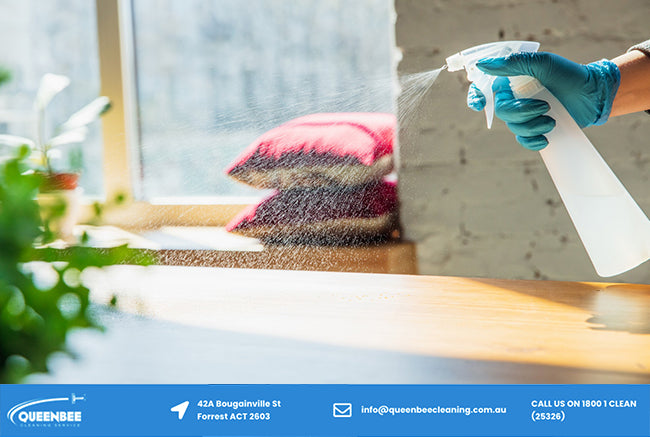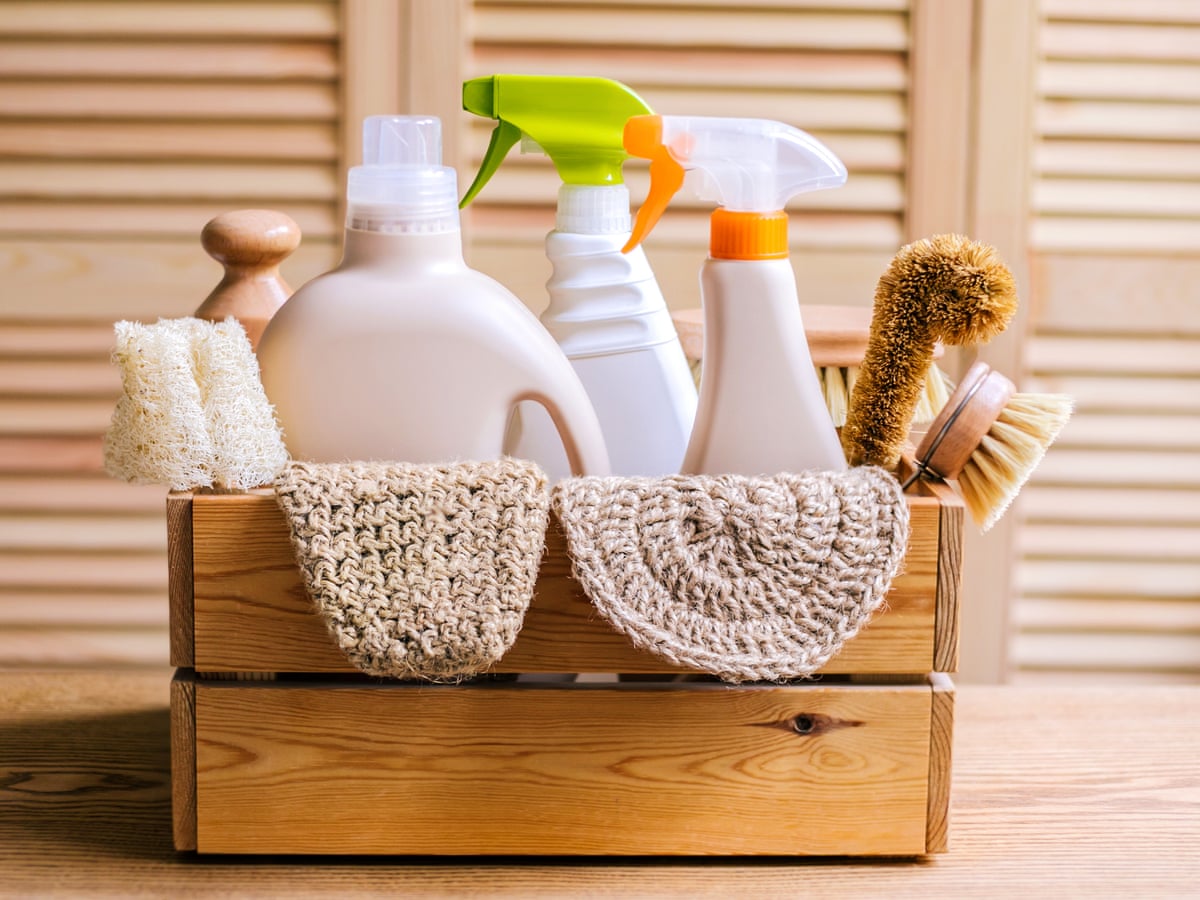Master Everyday Cleaning Techniques: How to Correctly Scrub the Surfaces and Preserve a Clutter-Free Home
Master Everyday Cleaning Techniques: How to Correctly Scrub the Surfaces and Preserve a Clutter-Free Home
Blog Article
Comprehending the Need for Completely Disinfecting and Sterilizing Frequently Touched Surface Areas in High-Traffic Areas
In the world of public wellness and safety and security, the precise sanitation and sanitization of frequently touched surface areas in high-traffic locations stand as critical measures in protecting against the spread of damaging virus. The significance of this technique prolongs much past mere tidiness, diving into the realm of illness avoidance and community wellness. By discovering the various facets of surface sanitation, from the risks connected with disregarding cleaning procedures to the efficient methods that can be utilized, a more clear understanding arises of the essential role these techniques play in safeguarding public health. As we navigate this discussion, it ends up being evident that the implications of extensive surface area sanitation reverberate not only within the confines of a certain setting yet additionally reverberate on a more comprehensive range, impacting the health and safety of individuals across diverse communal settings.
Value of Surface Sanitation
Stressing the complete sanitation of high-traffic surface areas is important in maintaining a sanitary atmosphere and protecting against the spread of unsafe virus. High-touch surfaces such as door takes care of, light switches, lift buttons, and countertops work as breeding premises for bacteria and viruses. Routine sanitation of these surfaces is critical to minimize the threat of contamination and transmission of ailments.
By applying a robust sanitation protocol, services and establishments can develop a safer atmosphere for customers, visitors, and workers. Appropriate surface area disinfection not only minimizes the spread of infectious illness yet also imparts self-confidence in the cleanliness and safety of the premises. This positive technique demonstrates a dedication to health and wellness, which is especially crucial in high-traffic areas where the likelihood of exposure to microorganisms is increased.
In addition, surface sanitation plays an important duty in overall infection control techniques. Incorporated with hand health techniques, putting on masks, and keeping physical distancing, complete disinfection of high-touch surfaces forms a detailed protection against the transmission of harmful microbes. Focusing on surface area sanitation is a crucial component of an all natural strategy to health and wellness in shared rooms.
Threats of Disregarding Cleansing Practices
Ignoring thorough disinfection of high-traffic surfaces significantly enhances the threat of microbial and viral contamination, posturing a significant danger to the health and wellness of people frequenting these spaces. Failing to carry out appropriate cleansing methods can result in the accumulation and spread of harmful pathogens, including microorganisms and infections, on frequently touched surface areas such as doorknobs, handrails, lift buttons, and kitchen counters.

Additionally, disregarding the significance of comprehensive cleansing not only compromises the health of people however also threatens efforts to keep a tidy and hygienic environment. It is critical to acknowledge the importance of proper sanitation protocols in protecting against the spread of infections and protecting public health.
Reliable Disinfection Approaches
To preserve optimum tidiness and lower the threat of contamination on high-traffic surface areas, employing effective sanitation approaches is essential. One of the most common and effective sanitation approaches is making use of chemical disinfectants.
Another effective technique is making use of UV-C light. UV-C light has actually been revealed to be reliable in eliminating a vast range of bacteria by disrupting their DNA structure, thus preventing them from reproducing. It is important to use UV-C light correctly, ensuring that the appropriate strength and exposure time are applied to achieve the wanted sanitation outcomes.
Furthermore, employing heavy steam cleansing as a disinfection method can be highly efficient, especially on surface areas that are heat-resistant. Steam can pass through permeable surfaces and eliminate bacteria, infections, and various other pathogens effectively. When making use of steam cleansing, it is essential to make sure that the surface gets to the required temperature level for a sufficient amount of time to guarantee correct disinfection.
Influence On Public Health
The upkeep of high standards of sanitation and disinfection on my company high-traffic surface areas plays a vital role in securing public health and wellness. Frequently touched surfaces in locations with high tramp, such as doorknobs, handrails, elevator buttons, and washroom facilities, function as reproducing premises for hazardous virus. Failing to sufficiently sanitize these surface areas can bring about the quick spread of infectious illness within neighborhoods. By implementing comprehensive sanitation procedures, the danger of transmission of infections, microorganisms, and other germs can click this be substantially reduced.
In high-traffic areas like airports, colleges, health centers, and public transportation systems, the impact of rigorous sanitation procedures can not be understated. Focusing on the sanitization of frequently touched surfaces is a positive approach to advertising public health and boosting the safety and security of people in shared areas.
Executing Normal Cleaning Up Procedures
Promptly instituting and sticking to a constant timetable of cleansing procedures is paramount for keeping the cleanliness and safety and security of high-traffic surfaces. Regular cleansing protocols are crucial in stopping the build-up of germs and microorganisms on regularly touched surfaces, especially in locations with high foot traffic. By applying a systematic strategy to cleaning, organizations can successfully reduce the risk of condition transmission and create a healthier atmosphere for staff members, consumers, and the public.
To establish an effective cleansing timetable, it is essential to recognize high-traffic areas that need regular focus. These locations may consist of doorknobs, hand rails, lift buttons, washroom facilities, and common tools. Executing a regular cleansing routine that targets these surface areas multiple times a day can dramatically decrease the spread of unsafe germs and viruses.
Furthermore, making use of appropriate cleaning agents and disinfectants is essential to making certain that surface areas are extensively disinfected. Normal training of cleansing staff on proper cleaning strategies and the importance of adherence to the cleaning schedule is likewise important in preserving a useful content hygienic environment. By focusing on consistent cleaning procedures, organizations can promote the health and well-being of individuals that connect with these high-traffic surface areas.

Conclusion
In final thought, it is important to prioritize comprehensive disinfection and sanitization of often touched surfaces in high-traffic locations to protect against the spread of unsafe virus and preserve public health and wellness. It is necessary to acknowledge the relevance of preserving tidy surface areas in high-traffic areas to guarantee the well-being of the area.
In the realm of public health and safety and security, the thorough disinfection and sanitization of frequently touched surface areas in high-traffic areas stand as extremely important actions in preventing the spread of unsafe microorganisms. By exploring the different facets of surface area disinfection, from the threats connected with neglecting cleansing protocols to the efficient methods that can be employed, a more clear understanding emerges of the crucial role these methods play in protecting public wellness.Additionally, using heavy steam cleansing as a disinfection technique can be highly reliable, especially on surfaces that are heat-resistant. When making use of steam cleaning, it is important to guarantee that the surface gets to the needed temperature for an adequate quantity of time to guarantee correct disinfection.
In conclusion, it is important to prioritize complete sanitation and sanitization of often touched surface areas in high-traffic areas to stop the spread of harmful microorganisms and preserve public wellness.
Report this page